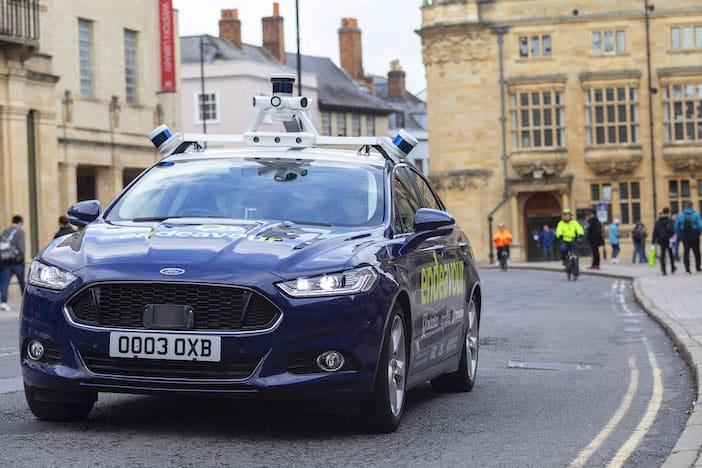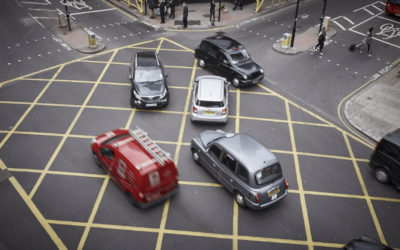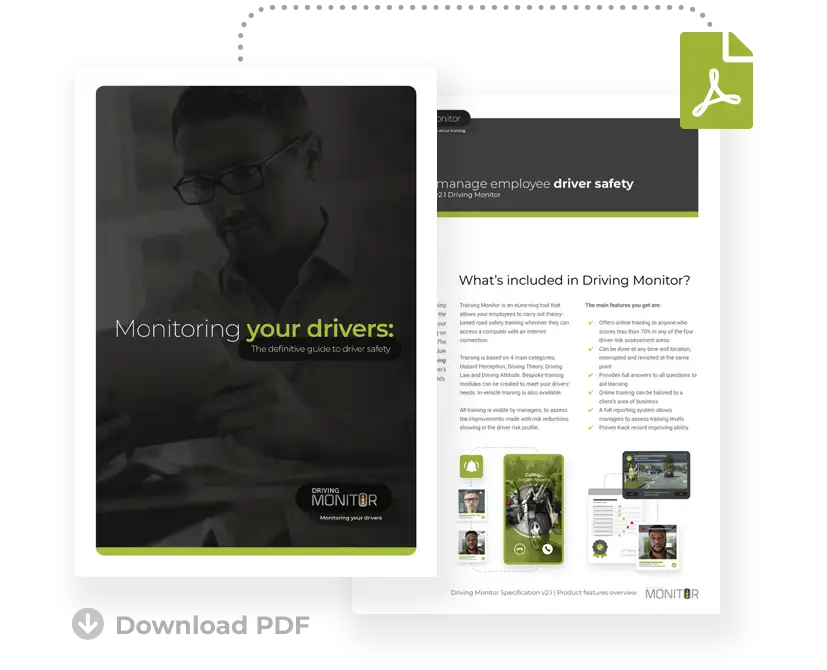More questions over self-driving cars despite fleet trials in Oxford

Live trials of Project Endeavour’s first commercial fleet of Level 4 autonomous Ford Mondeos are kicking off in Oxford this week, to demonstrate the feasibility of inner-city autonomous driving and engage local authorities with the benefits of such systems.
Starting with nine-mile trips between the city’s two major railway stations, the six-strong fleet will operate at all times of day and night to experience a diversity of road scenarios and weather conditions.
What are Level 4 autonomous cars?
As things stand, there are five different levels of autonomous vehicles. The numbers reflect the extent to which the car itself is responsible for driving tasks, and the level of interaction between the vehicle and the driver. The higher the number, the less the driver does.
At the lower end of the scale, driver assistance systems support the driver without taking full control, and the driver is always responsible for operating the vehicle.
Further up the scale, Level 4 self-driving vehicles are considered to be “fully autonomous”, handling the majority of complex urban driving independently of the driver. Drivers can still request control and override the system, so must be capable of driving themselves.
Cars fitted with Level 4 systems can move into safe conditions should the driver ignore a warning or alarm. So if you fell asleep at the wheel and your car encountered an unknown situation or an obstruction in the road, it would pull over.
Not that anyone’s encouraging sleeping at the wheel.
More questions over autonomous driving
The news comes amid fresh warnings to the Government to revise its plans to expand the use of Level 3 autonomous cars across the country early next year.
The Association of British Insurers has implored the Government to conduct more safety testing before automated lane keeping systems (ALKS) can be allowed on UK motorways.
Currently, ALKS is allowed for use at speeds up to 37mph. But proposed changes could see the technology in use up to speeds of 70mph as early as January 2021.
The shortcomings of ALKS
ALKS are categorised as Level 3 autonomy, keeping the vehicle in its lane so that the driver doesn’t need to have any input.
The proposed changes mean that drivers could legally remove their hands from the steering wheel and take their eyes off the motorway while their car drives at 70mph for them.
But an independent study by Thatcham Research has pinpointed several shortcomings of ALKS that could throw up potentially fatal problems on the road, including:
- Inability to detect debris in the road
- Inability to slow down for pedestrians emerging from broken-down vehicles on the hard shoulder, as they aren’t technically in the same lane
- Inability to detect a red “X” over a smart motorway lane and continuing in the lane
- Simply stopping in response to a smart motorway “X”, causing an additional hazard
What should we make of the trials and proposed changes? Is the Government best off focusing its attention on higher level autonomous driving systems at lower speeds? And what does this mean for the future of fleets?!
There are many questions to be answered, and with the consultation on ALKS motorway driving ending later this week, we might have a clearer idea very soon.










